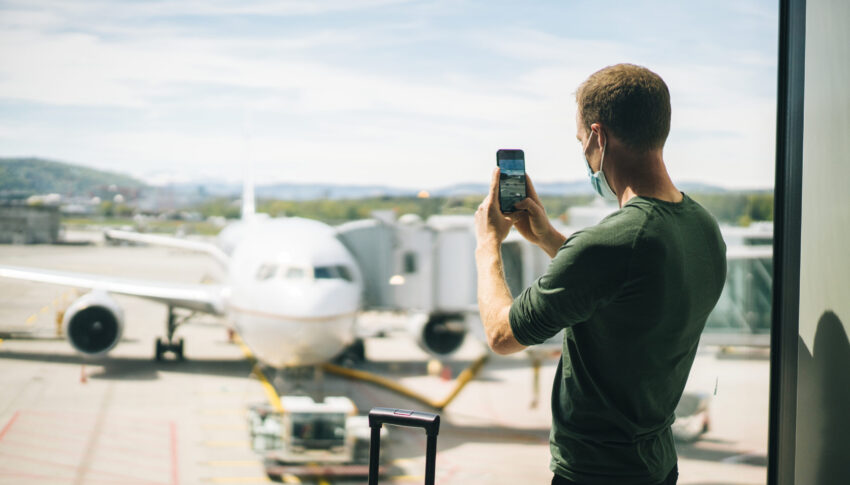How will the business of aviation digitalisation evolve in 2022? Join us in our forward-looking horizon scan for one of the most important years in aviation.
Aviation’s progress towards becoming a digitalised industry was once again accelerated by the COVID-19 pandemic during 2021, with companies needing to iterate flexibly and responsively in order to serve the changing world around them.
“We continue to face a rapidly changing world, and the travel ecosystem looks very different now than it did just two short years ago,” Sabre’s regional general manager in Asia Pacific for travel solutions and airline sales Rakesh Narayanan tells us. “However, despite the challenges, we’ve seen plenty of promising green shoots during 2021.”
For Sabre, that has included a critical look internally, challenging the norms of doing business and reviewing their partners’ priorities for the recovery. A big part of that, and a big focus for 2022, is the personalisation agenda.
“Personalisation in the aviation industry was already a major buzzword for many years pre-pandemic. That’s because traveller expectations had started to evolve long before COVID as a result of the way consumers were approaching their non-travel retail experiences,” Narayanan says. “Choice and personalisation have become critical to attracting customers and keeping them happy — and similarly they are crucial for airlines to drive more value and emerge stronger for the years to come. As travellers expect end-to-end personalised experiences, airlines must adopt personalisation at every step of the journey, across the spectrum of airline retailing, distribution and fulfilment.”
This kind of personalisation is inherently digital and inherently connected, whether at home, at the airport, or in the sky. With a greater proportion of the world’s fleet connected with faster Internet than ever before, the industry is ripe to take advantage of those connections, both for passenger experience and for operational benefits.
Don Buchman, vice president and general manager of Viasat’s commercial aviation business, tells us that, in 2022, “the biggest change I foresee is the combination of lower international passenger counts and the rapid digitisation of passenger interactions and airline flight operations. The pandemic has accelerated this trend for both health and safety purposes, and for increased focus on newer efficiencies required on operations, given the lower total passenger count.”
What’s been particularly interesting, he says, is to see that “the take up rates for digital communications are way up versus pre-pandemic,” Buchman notes, “so we see that trend — more broad comfort using our devices and our content subscriptions for both critical information and entertainment throughout the journey — continuing.”
That kind of critical information is also crucial to flight operations, as many airlines have seen during the COVID-19 period. Whereas before brief one-way messages were the norm, now there are new, richer channels of connection to the flight deck and to the cabin, bringing more complete information than ever before.
That’s also the case for travellers, of course, who want to have ever more complete information when making their bookings — and, for corporate travellers, so that their companies can ensure their welfare during their journey, and provide updates where needed.
Duty of care and travel risk management solutions for business travel are seeing increased interest, Narayanan says, while on the distribution side IATA’s NDC (the New Distribution Capability from the International Air Transport Association) has become even more important during COVID. Airlines also expect to start applying new technologies like machine learning and artificial intelligence.
“Over 2022, and beyond,” Sabre’s Narayanan says, “we will continue to infuse our products with advanced ML and AI to power the retailing experience of the future in travel and to take us to our goal of creating a truly personalised travel marketplace by 2025. In this way, we’ll be able to unlock revenue opportunities for our travel partners while improving, streamlining, and personalising the experience for the traveller.”
At the end of the day, Narayanan says, “in order for recovery and future growth to happen, it’s vital that the entire travel ecosystem comes together.”
Author: John Walton
Published: 10th March 2022




